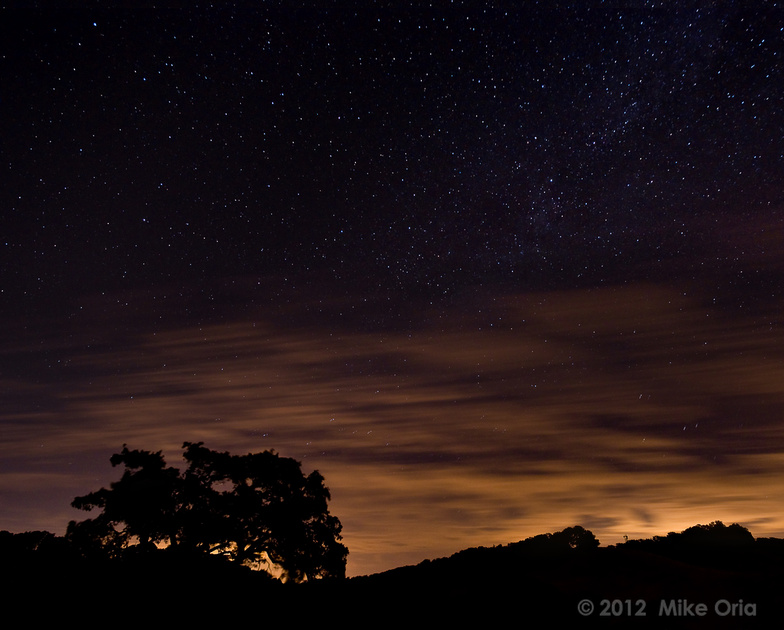I have to agree with others, first get out and try your equipment (and techniques) before investing in new gear. I would die to have either your Sigma 10-20 or DA 15... but alas, I only have an old FA35-80 and FA100-300, but there is still a lot of good shots to be had with those! Just as an example, here is my online
astrophoto gallery. All images taken with my K-r and the 35-80, except the moon close-ups were taken through the telescope, and the last moonset (9th picture) and the orion nebula were shot with the 100-300.
A few months back I also wrote a short introductory article on astrophotogaphy for another website, you can find that
here. It discusses the basics (e.g. equipment, settings etc..) to how to shoot in specific scenarios (e.g. star trails in light-polluted skies, star scenes without trails etc...), and it may have some useful tips for you. Lastly - go out there, try new things and enjoy!


 Similar Threads
Similar Threads 
















 Post #36 by pixelsaurus
Post #36 by pixelsaurus








